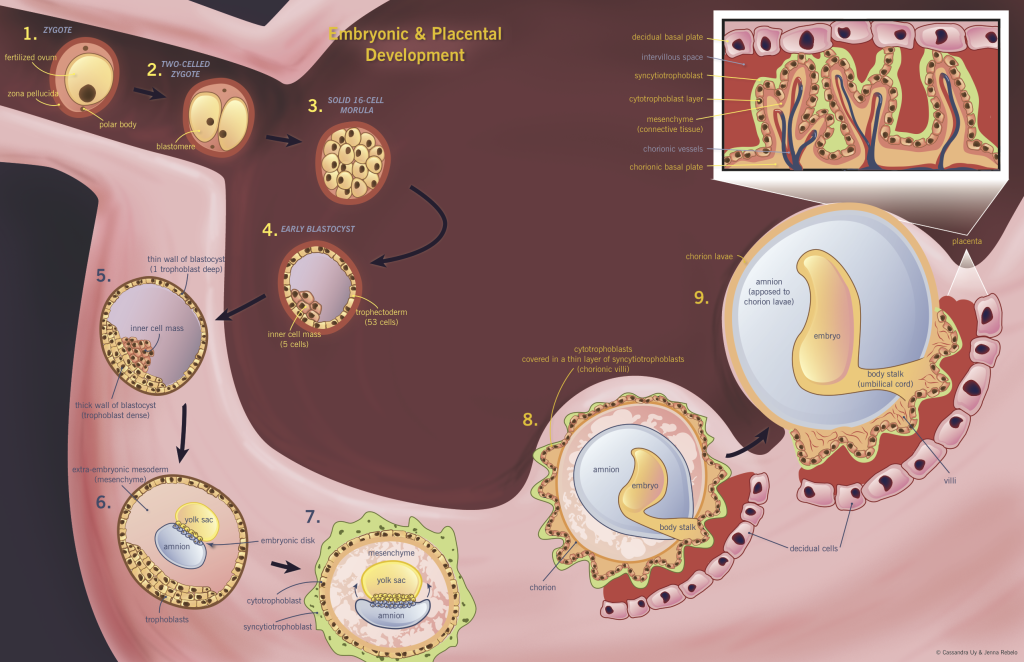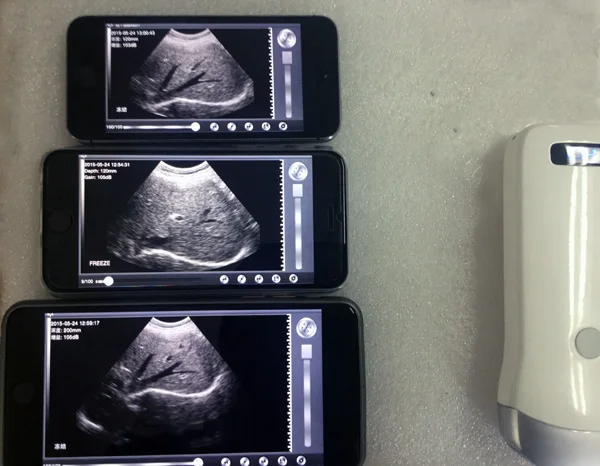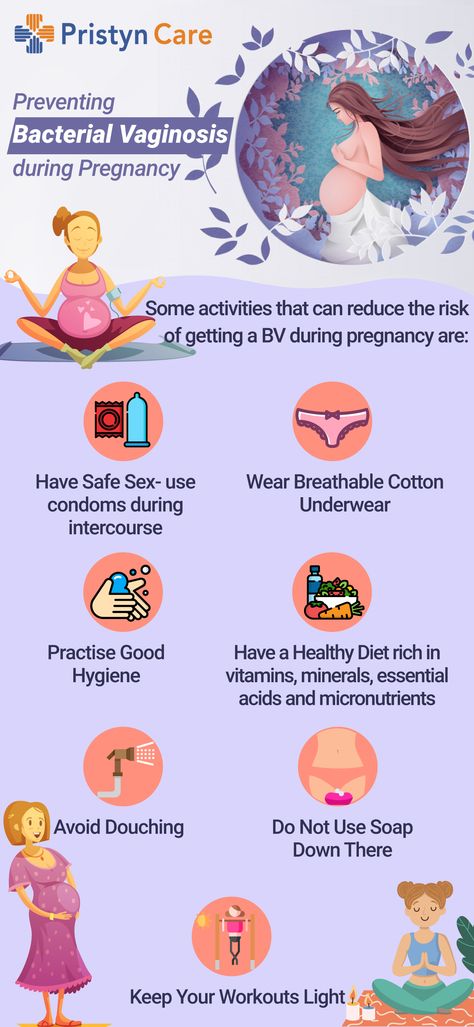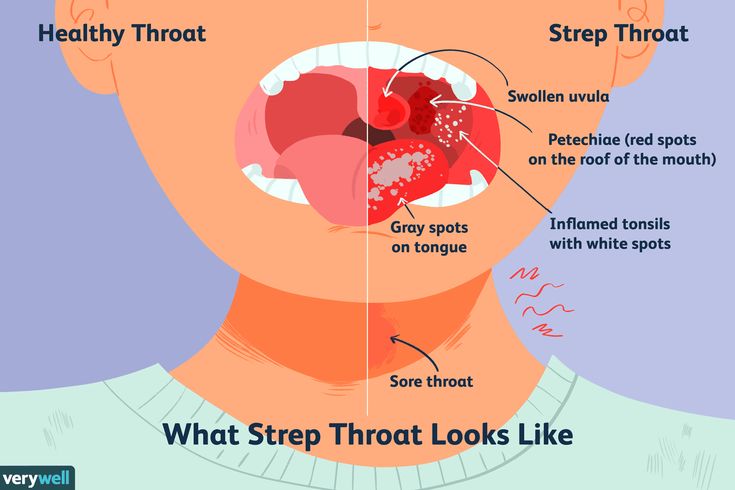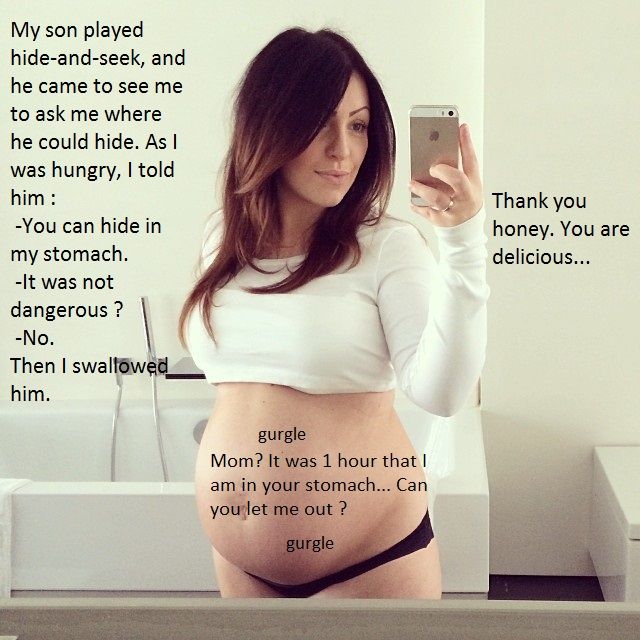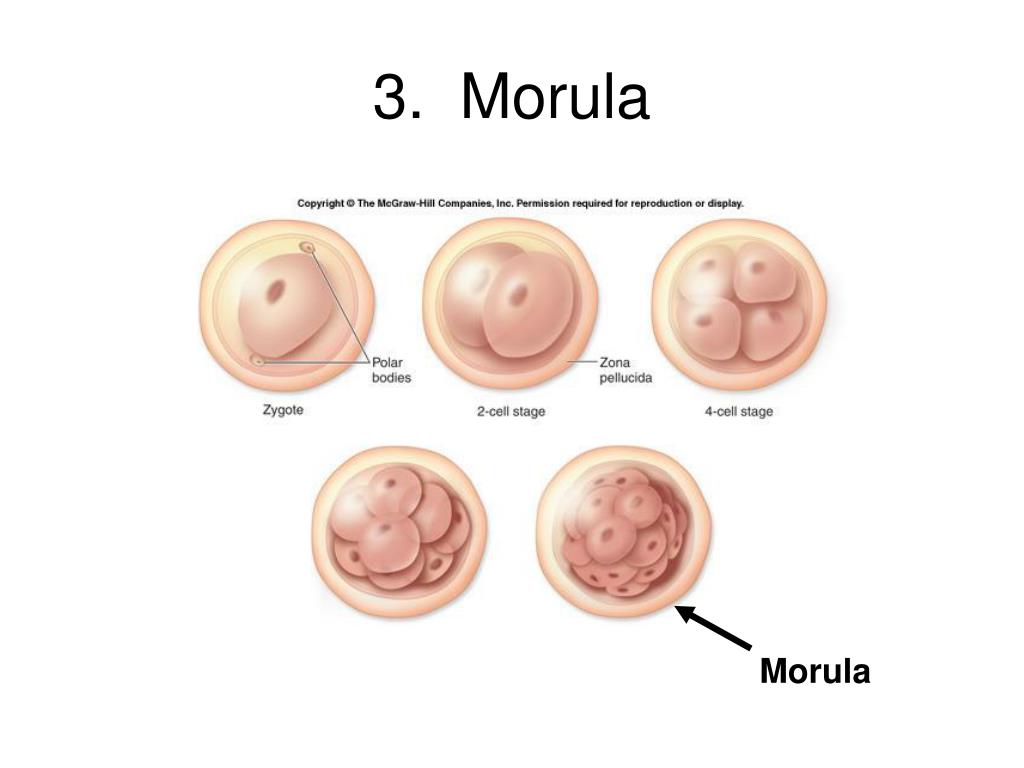When do you feel the baby move first pregnancy
When do you feel baby move? All about those first little kicks
Is that a baby kick? Or gas? When it comes to feeling your baby move, deciphering the normal from the worrisome can be downright confusing. That’s why we’ve got the inside story (literally) on when your baby will start to kick, wiggle and somersault.
When I was pregnant the first time around, I expected my baby-to-be’s initial movements to feel like a jolt. I was fully prepared to have a tiny foot boot me from the inside with a wee whap and I’d joyfully announce, “The baby kicked!” I was waiting for the dramatic thump, but that’s not what happened. Instead, one day about 19 weeks in, I got a subtle sensation. I was lounging on the sofa after dinner with the cat splayed across my belly when it suddenly felt as if I had swallowed a couple of drunken butterflies. The cat noticed nothing.
But was it the baby or just pregnancy gas? Some days, it was impossible to know the difference. And where were my big, powerful kicks? I asked Heather Bartos, an OB/GYN, mom of two and medical director at be. Women’s Health & Wellness in Cross Roads, Texas, to explain.
When will my baby start to move?
Your baby flips and flops way before you can actually feel it. In fact, your healthcare provider can spot spontaneous fetal movements, like baby stretches or arm wiggles, around eight weeks’ gestation. This is a sign that your baby’s central nervous system is developing as it should. However, they are still far too small (about an inch long) at this point for you to feel anything.
When do you feel baby move?
For most first-time moms, those early flutters, also called quickening, can happen anywhere from 18 to 22 weeks into pregnancy. “But that’s not a hard and fast rule,” says Bartos. “I actually felt my first baby move at 16 weeks—it felt like gas bubbles.” How big your baby is and the position of your uterus also play a role in when you feel those first movements. “You’ll feel movement when your uterus is at the same level as your belly button and the baby is large enough, usually weighing about one pound,” explains Bartos. However, moms who’ve already delivered a baby often feel movements sooner, even as early as the 12-week mark. “Not only do these moms know what the sensation feels like already, but the abdominal wall of second-time moms relaxes early, allowing her to feel movement earlier, too.”
However, moms who’ve already delivered a baby often feel movements sooner, even as early as the 12-week mark. “Not only do these moms know what the sensation feels like already, but the abdominal wall of second-time moms relaxes early, allowing her to feel movement earlier, too.”
If you don’t feel your baby moving by week 22, let your midwife or physician know. “There are many reasons you might not have felt your baby move yet. For instance, women with some extra weight don’t feel the movements as much,” says Bartos. “The position of your placenta may be muffling the sensations. Or, rarely, it may be something more serious, such as a genetic issue that delays movement.”
What will my baby’s kicks feel like?
The first movements you feel from baby won’t feel much like a kick at all—at least not at first. “For me, the first time I felt my baby move, it felt like I had too much carbonation,” says Bartos. “Other times, my stomach would flip as if I was on a roller coaster. ” Most women equate early movements to the sensation of gas bubbles. Those subtle flutters often morph into bigger, more distinct movements around week 22. “It’ll start to feel more like a karate kick, punch or even a scratch,” says Bartos. “Babies have sharp fingernails.” For some women, however, the sensation will always be a bit muffled. “If your placenta sits on the front of the uterus, called an anterior placenta, it can tamp down the feeling,” explains Bartos.
” Most women equate early movements to the sensation of gas bubbles. Those subtle flutters often morph into bigger, more distinct movements around week 22. “It’ll start to feel more like a karate kick, punch or even a scratch,” says Bartos. “Babies have sharp fingernails.” For some women, however, the sensation will always be a bit muffled. “If your placenta sits on the front of the uterus, called an anterior placenta, it can tamp down the feeling,” explains Bartos.
When will other people be able to feel the baby move?
Your partner, parents, siblings and friends will usually be able to feel the baby’s kicks when you’re around 24 to 28 weeks pregnant. But Bartos says when and even if others can feel the baby move really depends on the position of your placenta. An anterior placenta makes it more difficult for family and friends to feel the baby move. “I had an anterior placenta with my first and my spouse never felt the baby move,” says Bartos.
Why is my baby moving?
Babies stretch, flex and wiggle, in part to test out their developing neurological system. But new research out of Trinity College Dublin shows there’s another reason they’re so wiggly in utero: Apparently, all that turning, kicking and stretching helps to stimulate what scientists call molecular interaction, which ultimately turns cells and tissues into strong bones and joints. So even though all that kicking can be a pain in the bladder, it’s a good thing!
But new research out of Trinity College Dublin shows there’s another reason they’re so wiggly in utero: Apparently, all that turning, kicking and stretching helps to stimulate what scientists call molecular interaction, which ultimately turns cells and tissues into strong bones and joints. So even though all that kicking can be a pain in the bladder, it’s a good thing!
Why does my baby move more at night?
While it may seem like your baby saves his or her gymnastics routine for the exact time you settle into bed, that’s not really the case. “It’s likely all about perception,” says Bartos. “In the evening, moms-to-be tend to be less active. They’re relaxing and not distracted by everything else going on, so they’re more in tune with their baby’s movements.” At the same time, if your meal was capped with caffeine or something sugary, that could spur the baby’s movements. Your baby-to-be is simply responding to a blood-sugar kick, just the way you would.
You will feel baby move with somersault-like motions between 24 and 30 weeks. “This is when the size of the baby is optimal for moving; your uterus still has room in it and baby is large enough to cause a ruckus,” Bartos explains. Once you are in your third trimester, however, the wiggle room in your uterus shrinks and you will notice an activity slowdown. For instance, your baby’s movements might feel more isolated, like one big jab at a time. Then, as you inch closer to your due date, say around 34 weeks, those sharp kicks will morph into a more ballet-like, rolling sensation, says Bartos. “You might also begin to feel cervical pain, which is like a lightning bolt down the vagina. This can occur when baby settles into a position that hits the cervix.”
“This is when the size of the baby is optimal for moving; your uterus still has room in it and baby is large enough to cause a ruckus,” Bartos explains. Once you are in your third trimester, however, the wiggle room in your uterus shrinks and you will notice an activity slowdown. For instance, your baby’s movements might feel more isolated, like one big jab at a time. Then, as you inch closer to your due date, say around 34 weeks, those sharp kicks will morph into a more ballet-like, rolling sensation, says Bartos. “You might also begin to feel cervical pain, which is like a lightning bolt down the vagina. This can occur when baby settles into a position that hits the cervix.”
Should I count my baby’s kicks?
It’s recommended that you start counting your baby’s kicks around 28 to 32 weeks—sometimes earlier if your pregnancy is considered high-risk. Counting kicks is a simple way to keep tabs on your baby’s movement pattern and to spot any changes that may indicate a potential problem with your pregnancy.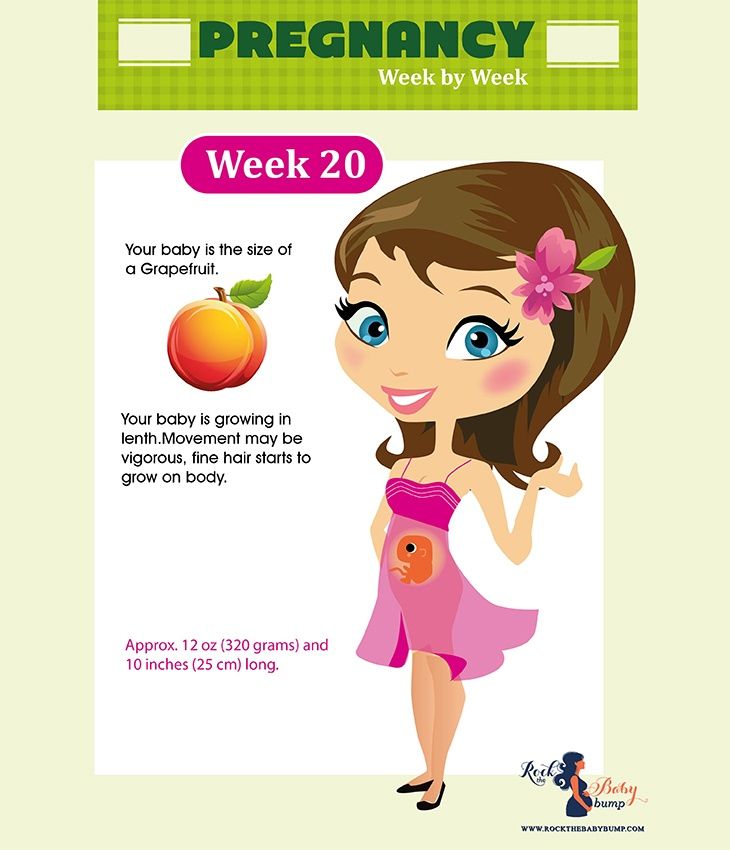 Everyday at a consistent time (generally when you feel baby move most), sit comfortably with your feet up in a dark, quiet room. “Place your hand on your abdomen to help drown out the extra stimulus,” says Bartos. Next, count each movement of any kind until you reach 10 kicks, rolls, flutters or flops. This could take less than 30 minutes or up to two hours. Record your pattern and refer to it daily.
Everyday at a consistent time (generally when you feel baby move most), sit comfortably with your feet up in a dark, quiet room. “Place your hand on your abdomen to help drown out the extra stimulus,” says Bartos. Next, count each movement of any kind until you reach 10 kicks, rolls, flutters or flops. This could take less than 30 minutes or up to two hours. Record your pattern and refer to it daily.
If your baby’s normal movements change, try having something to drink or eat and see if that gets your little one moving. If not, check in with your midwife or OB, who can make sure nothing has changed with your baby’s health—your baby might simply be sleeping, or in a new position, but it could be something more serious like low amniotic fluid. To make kick-counting easier, you can use a free app like Baby Kicks Monitor or Kickme – Baby Kicks Counter.
Read more:
Pregnancy weight gain: How much is normal
What to expect during ultrasounds
Stay in touch
Subscribe to Today's Parent's daily newsletter for our best parenting news, tips, essays and recipes.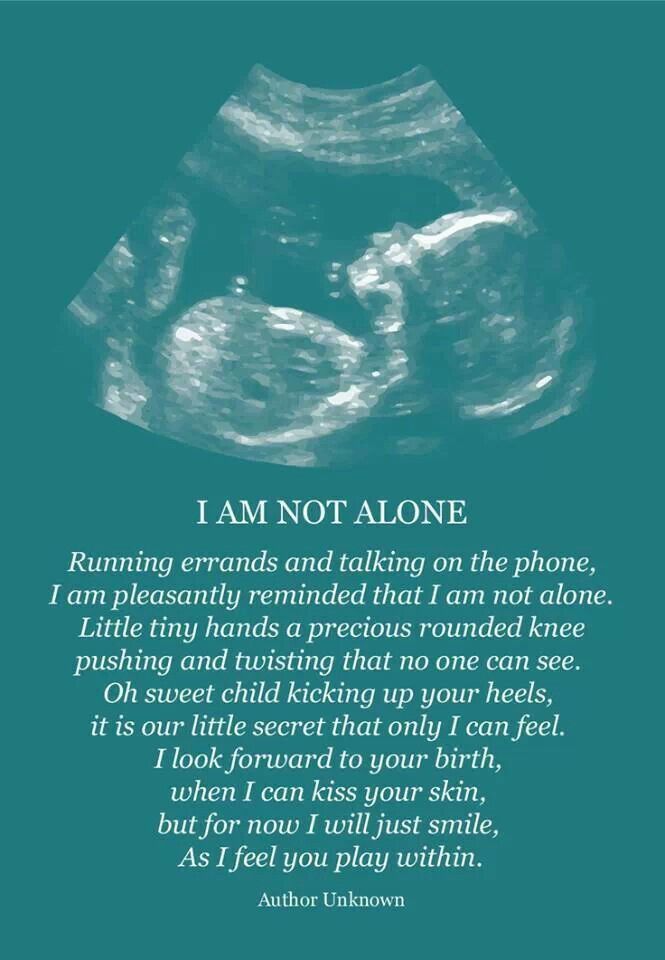
- Email*
- CAPTCHA
- Consent*
Yes, I would like to receive Today's Parent's newsletter. I understand I can unsubscribe at any time.**
FILED UNDER: Being pregnant Fetal delevopment Fetal health health service seo
Baby movements in pregnancy | Tommy's
You may feel your baby move as early as 16 weeks of pregnancy, but most women usually feel something between 18 and 24 weeks. If this is your first pregnancy, you may not notice your baby’s movements until you are more than 20 weeks pregnant.
Tommy's has developed a guide to baby movements in partnership with NHS England on baby's movements in pregnancy. It is available in ten languages at the bottom of this page.
What does a movement feel like?
Baby movements in the womb, also known as fetal movements or ‘kicks’, can feel like anything from a flutter, kick, swish or roll. The type of movement may change as your pregnancy progresses.
The type of movement may change as your pregnancy progresses.
How often should my baby move?
There is no set number of normal movements you should be feeling – every baby is different. Get to know how your baby moves.
From 18-24 weeks on you should feel the baby move more and more. After 32 weeks, the movements will stay roughly the same until you give birth.
- It is NOT TRUE that babies move less towards the end of pregnancy.
- You should CONTINUE to feel your baby move right up to the time you go into labour and during labour.
Get to know your baby’s normal kicks and movements.
DO NOT WAIT until the next day to seek advice if you are worried about your baby’s movements
Contact your midwife or maternity unit immediately if you think your baby’s movements have slowed down, stopped or changed. There are staff on the hospital maternity unit 24 hours a day, 7 days a week.
- DO NOT put off calling until the next day to see what happens.
- Do not worry about phoning. It is important for your doctors and midwives to know if your baby’s movements have slowed down or stopped.
Find out what should happen when you report reduced fetal movement
Why are my baby’s movements important?
Feeling your baby move is a sign they are well.
If your baby moves less or if you notice a change this can sometimes be an important warning sign that a baby is unwell. If you get the right treatment and care as soon as you can this could save your baby’s life.
Is there anything that can affect being able to feel my baby move?
You may be less likely to be aware of your baby’s movements when you are active or busy.
If your placenta is at the front of your uterus (womb), it may not be easy for you to feel your baby’s movements. If your baby’s back is lying at the front of your uterus, you may feel fewer movements than if his or her back is lying alongside your own back.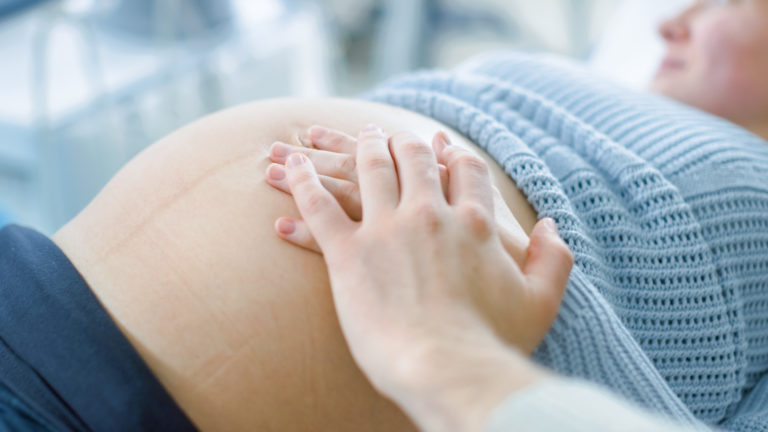
But don’t assume this is why you can’t feel your baby’s movements. If you think your baby’s movements have slowed down, stopped or changed contact your midwife or maternity unit immediately. It’s always best to get checked.
Your baby lying head down or bottom first will not affect whether you can feel them move.
Can I make my baby move?
No, you should not try to make your baby move. If you think your baby’s movements have slowed down, stopped or changed contact your midwife or maternity unit immediately.
Can I use a home doppler to check on my baby?
Do not use any hand-held monitors, dopplers or phone apps to check your baby’s heartbeat. Even if you think you detect a heartbeat, this does not mean your baby is well because it might be your own heartbeat. You need to be checked by a healthcare professional.
Find out more about why using home devices are not a safe way of checking your baby’s health.
You need to be monitored by a cardiotocography machine or a midwife who can interpret the baby’s heartbeat.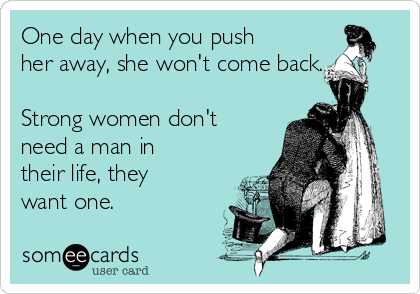
Any care or treatment that could save a baby needs to be done when the baby has a heartbeat.
What happens if my baby's movements have slowed down?
Less than 24 weeks pregnant
Contact your midwife if you have never felt your baby move by 24 weeks. They will check your baby’s heartbeat. You may have an ultrasound scan and you may be referred to a specialist fetal medicine centre to check your baby's health.
Between 24 and 28 weeks pregnant
You should contact your midwife or local maternity unit immediately. Do not wait until the next day or next appointment.
You will have a full antenatal check-up that includes checking the size of your uterus, measuring your blood pressure and testing your urine for protein. If your uterus measures smaller or larger than expected, you may have an ultrasound scan to check on your baby’s growth and development.
Over 28 weeks
You should contact your midwife or local maternity unit immediately.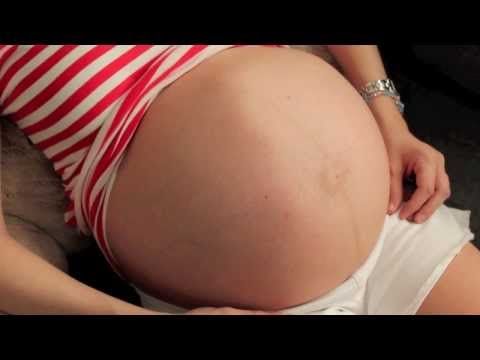 Do not wait until the next day or next appointment.
Do not wait until the next day or next appointment.
You will have a full antenatal check-up, your baby's heart rate will be monitored to reassure you about your baby's wellbeing. This is done with a cardiotocograph monitor.
An ultrasound scan may be arranged if:
- your womb is smaller or larger than expected
- you have a high risk pregnancy
- the heart rate is normal but you still feel that your baby's movements are slower or less
- you have had reduced fetal movements already in your pregnancy.
If the movements have slowed down does it mean my baby is not well?
Fewer movements could mean that your baby is unwell, but usually these checks reveal that everything is OK. Most women who have experienced one episode of fewer movements go on to have a straightforward pregnancy and healthy baby. However it is very important that you are checked to make sure everything is OK.
What if my baby’s movements are reduced again?
If, after your check up, you are still not happy with your baby’s movement, you must contact either your midwife or maternity unit straight away, even if everything was OK last time.
NEVER HESITATE to contact your midwife or the maternity unit for advice, no matter how many times this happens.
Download the leaflet
The leaflet Feeling your baby move is a sign that they are well is available to download in English and many different languages.
Fetal movement during pregnancy
ATTENTION
We continue to work on New Year holidays.
Opening hours of multidisciplinary clinics on Polikarpov Alley, Marshal Zhukov Ave. and Okhtinskaya Alley:
December 31, 2022 - from 9:00 to 16:00;
January 1, 2023 - day off;
From January 2, 2023 - as usual, from 09:00 to 21:00.
Reception under the CHI policy in the structural unit of Devyatkino from January 2 to 8 is conducted only by on-duty specialists - a therapist and a pediatrician. nine0003
Working hours of dentistry on Kolomyazhsky pr.:
December 31, 2022, January 1 and 2, 2023 - holidays;
From 3 to 8 January 2023 - from 11:00 to 17:00;
From January 9, 2023 - as usual.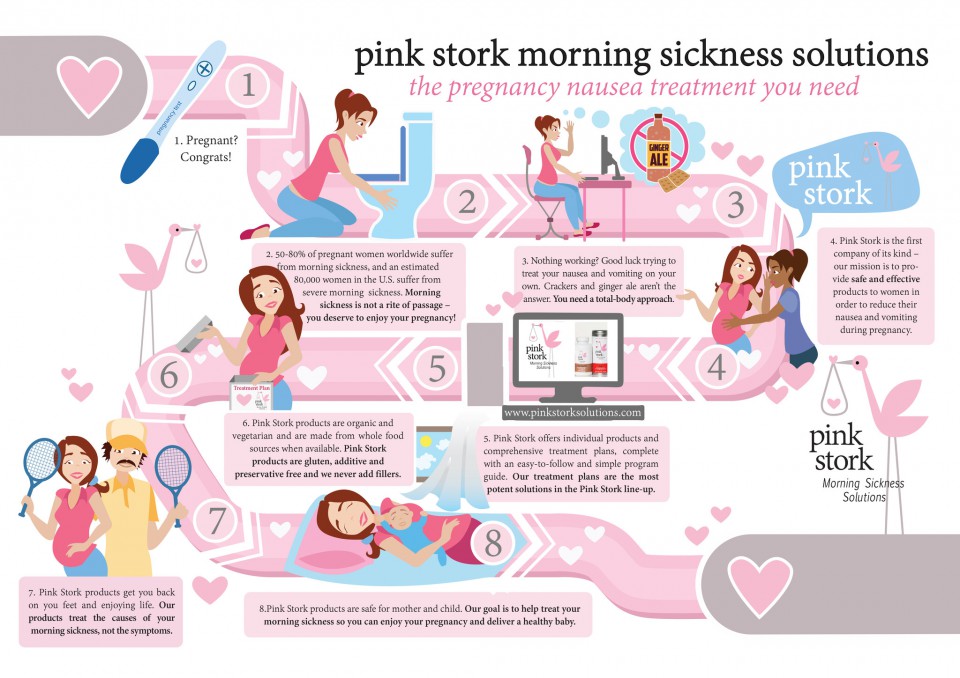
Pregnant women and obstetrician-gynecologists are waiting for fetal movements. This is a very important sign that allows you to judge that the pregnancy is going well, and the child is developing successfully. Also, the baby communicates with the mother with the help of movements and can tell her about any inconvenience, so you need to listen to the movements of the fetus. nine0003
When fetal movements appear
- The first fetal movements appear at the seventh or eighth week of pregnancy. However, the small fetus does not come into contact with the walls of the uterus, so the mother does not feel its movements.
- Closer to the seventeenth week, the fetus begins to react to loud sound and light, from the eighteenth it begins to consciously move.
- A woman begins to feel movements during her first pregnancy from the twentieth week. In subsequent pregnancies, these sensations occur two to three weeks earlier. Also, a woman will feel the first movement of the fetus earlier if she is slim and leads an active lifestyle.
 nine0025
nine0025 - Especially active movements are observed from the twenty-eighth week. The child "communicates" with the mother, reacts to her emotions. This continues until the thirty-second week, when the baby grows so much that it can no longer actively move in the uterus.
Fetal movement - as normal
Except for three to four hours a day when the baby sleeps, he is in constant motion. In the twentieth week, the fetus makes two hundred perturbations a day, from the twenty-eighth to the thirty-second, their number increases to six hundred. Then, the activity decreases again. nine0003
Fetal activity may vary depending on the following factors:
- Time of day . Usually the fetus moves more actively in the evening and at night.
- Mother's emotions . If a pregnant woman is under stress, then the child is frightened, may freeze and stop moving, or, conversely, react to adrenaline with active movements.

- Physical activity . During physical activity, the child is usually more calm than at rest. If the mother is in an uncomfortable position for a long time, the fetus may react with strong painful shocks. nine0025
- Pregnant diet . If the mother feels hungry, the child begins to move more actively. Also pushing and touching become stronger after eating. Especially if mom eats sweets.
- Environment a. The fetus reacts to loud sounds, sudden switching on of light. He may freeze in fear, or vice versa, begin to move more actively.
Why and how to count fetal movements
Changes in the motor activity of the fetus may be a sign of pregnancy pathology. Too strong, painful, or vice versa, weakened movements signal that the child does not have enough oxygen. This condition is called fetal hypoxia. In addition, sensations change when the amount of amniotic fluid changes. Therefore, it is important to count fetal movements, especially during the first pregnancy.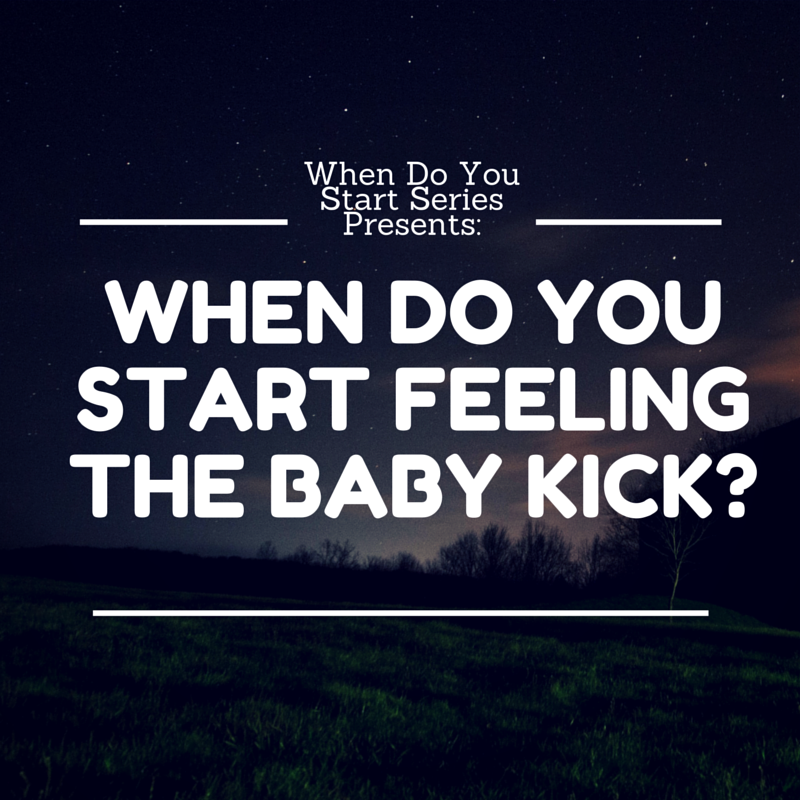 nine0003
nine0003
There are three methods for counting fetal movements:
- Pearson method . Movements are considered from nine in the morning to nine in the evening, during which physical activity is limited. In a special table, the time of every tenth movement is entered. Normally, the interval between them is less than an hour.
- Cardiff Method . Movements are counted for twelve hours. If during this period of time the child performed at least ten movements, the counting is stopped and starts again the very next day. If within twelve hours there were no ten movements, additional studies are needed. nine0025
- Sadowski Method . The movement of the fetus is considered at seven o'clock in the evening, after dinner, since eating increases the activity of the child. During the first hour, the child must make at least ten movements. If in the first two hours they were less, a doctor's consultation is necessary.
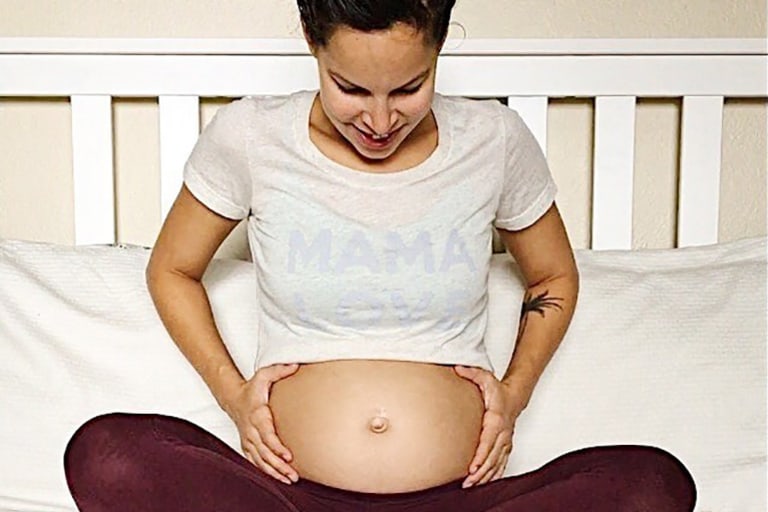
Our clinics in St. Petersburg
You can get detailed information and make an appointment by calling +7 (812) 640-55-25 nine0039
Make an appointment
Fetal movement - how and when it happens
- When does fetal movement begin
- Fetal movement rate
- Methods for assessing the "sufficiency" of fetal movements
- Changes in fetal activity
- Determining the condition of the fetus
“Dear patients, we are glad to welcome you to the website of the Fetal Medicine Center is a medical center of expert level in the field of modern prenatal medicine.
We see our mission in making the expectation of a child and its birth a happy, calm and most comfortable period for every woman. By providing professional medical support, we help couples plan pregnancy, control its harmonious course, conduct expert-level prenatal diagnostics, providing comprehensive care for the health of the expectant mother and baby. ” nine0114
” nine0114
Roza Saidovna Bataeva
Head of the Fetal Medicine Center in Moscow
From the very beginning of pregnancy, every expectant mother begins to listen anxiously to the sensations inside the growing tummy. Can't wait to feel your baby move. When does the fetus begin to move? At what time can a pregnant woman begin to listen carefully to herself, waiting for the first movements of her child? Should I be worried if they are not felt or the baby suddenly calmed down? And can movements carry any other information, besides communicating with mom? nine0114
At what time does the fetal movement begin
The first movements of the future baby begin early - already at 7-8 weeks of pregnancy . It was at this time that the first muscles and the rudiments of the nervous system of the fetus are formed. Naturally, at this time, the movements of the embryo are still very primitive - these are muscle contractions in response to nerve impulses.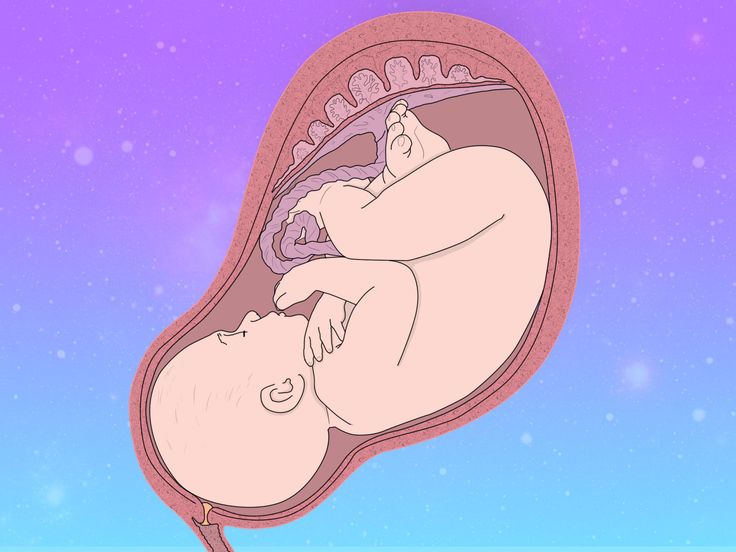
Approximately from 10 weeks of pregnancy the fetus begins to move more actively in the uterus, and, encountering an obstacle on its way (walls of the uterus), change the trajectory of movements. However, the baby is still very small and the impacts on the uterine wall are very weak, the expectant mother cannot yet feel them. At 11-12 weeks of intrauterine life, a little man already knows how to clench his fists, grimace, frown, by 16 weeks of pregnancy he begins to react to loud, sharp sounds with increased motor activity, at 17 weeks the first facial expressions appear, and at 18 weeks he covers his face with his hands and plays with the umbilical cord, compresses and unclenches the fingers of the hands. nine0003
Gradually, with increasing gestational age, movements become more coordinated and more like conscious. When the baby grows up, the pregnant woman begins to feel his movements.
When does fetal movement begin during the first and subsequent pregnancies
It is generally accepted that during the first pregnancy, the expectant mother feels the first fetal movements at 20 weeks of pregnancy, with repeated pregnancies - at 18 weeks. This is not entirely true. A mother who is expecting her first child, indeed, most often begins to feel the movements of the fetus a little later than a multiparous woman. This is due to the fact that "experienced" mothers know how the movements of the crumbs are felt at first and what they should feel. Some primigravidas perceive the first movements of the fetus as an increase in intestinal peristalsis, “gaziki”. Many women describe the first movements of the fetus as a feeling of fluid transfusion in the abdomen, "fluttering butterflies" or "swimming fish." nine0003
This is not entirely true. A mother who is expecting her first child, indeed, most often begins to feel the movements of the fetus a little later than a multiparous woman. This is due to the fact that "experienced" mothers know how the movements of the crumbs are felt at first and what they should feel. Some primigravidas perceive the first movements of the fetus as an increase in intestinal peristalsis, “gaziki”. Many women describe the first movements of the fetus as a feeling of fluid transfusion in the abdomen, "fluttering butterflies" or "swimming fish." nine0003
The first movements are usually rare and irregular. The time of the first sensations of fetal movements naturally depends on the individual sensitivity of the woman. Some future mothers feel the first movements as early as 15-16 weeks, and someone only after 20. Slender women, as a rule, begin to feel movements earlier than full ones. Women who lead an active lifestyle, work hard, usually feel the movements of the fetus later.
By 20 weeks, due to the formation of the spinal cord and brain, as well as the accumulation of a certain amount of muscle mass in the fetus, movements become more regular and noticeable .
From 24 weeks of pregnancy, the movements of the fetus are already reminiscent of the movements of a newborn - the expectant mother feels how the fetus changes position, moves its arms and legs. The motor activity of the fetus increases gradually and its peak falls on the period from the 24th to the 32nd week of pregnancy. At this time, the activity of the baby's movements becomes one of the indicators of its normal development. After 24 weeks, the child begins to "communicate" with the mother with the help of movements, respond to the sounds of voice, music, and the emotional state of the mother. With an increase in the gestational age of more than 32 weeks, the motor activity of the fetus gradually decreases due to the fact that the baby is growing up and he simply does not have enough space for active movements. This becomes especially noticeable at the time of childbirth. By the end of the third trimester of pregnancy, the number of fetal movements may decrease somewhat, but their intensity and strength remain the same or increase. nine0003
This becomes especially noticeable at the time of childbirth. By the end of the third trimester of pregnancy, the number of fetal movements may decrease somewhat, but their intensity and strength remain the same or increase. nine0003
Fetal movement rate
The baby in the mother's belly moves almost constantly. At the 20th week of pregnancy, the fetus makes about 200 movements per day, and between the 28th and 32nd weeks, the number of movements reaches 600 per day. Naturally, a pregnant woman does not feel all the movements of the fetus, but only a small part of them. So, after 28 weeks, the frequency of fetal movement, according to the sensations of a woman, is usually 4 to 8 times per hour, with the exception of periods of fetal sleep (3-4 hours in a row). nine0003
In the third trimester, a pregnant woman may notice that her baby has regular sleep and wake cycles. Children are usually most active from 19:00 to 4:00 in the morning, and the period of "rest" occurs more often from 4 to 9:00 in the morning. Of course, the movements of the fetus depend on the mood of the mother, if the mother is worried or happy, the baby can move more actively, or vice versa, calm down. The fact is that when a mother rejoices, her body significantly increases the amount of hormones of joy - endorphins, which regulate the work of the heart and blood vessels, including the vessels of the placenta. During stress or pronounced negative emotions, biologically active substances are also produced - stress hormones, they also affect the work of the heart and blood vessels. It is thanks to this biological interaction between the organisms of mother and baby that the fetus feels the state of the mother. When the expectant mother is resting, the baby usually becomes more active, if the pregnant woman is active, busy with some kind of work, the child most often calms down. The movements also change depending on the satiety of the expectant mother. Usually the baby begins to move actively after the mother eats, especially something sweet.
Of course, the movements of the fetus depend on the mood of the mother, if the mother is worried or happy, the baby can move more actively, or vice versa, calm down. The fact is that when a mother rejoices, her body significantly increases the amount of hormones of joy - endorphins, which regulate the work of the heart and blood vessels, including the vessels of the placenta. During stress or pronounced negative emotions, biologically active substances are also produced - stress hormones, they also affect the work of the heart and blood vessels. It is thanks to this biological interaction between the organisms of mother and baby that the fetus feels the state of the mother. When the expectant mother is resting, the baby usually becomes more active, if the pregnant woman is active, busy with some kind of work, the child most often calms down. The movements also change depending on the satiety of the expectant mother. Usually the baby begins to move actively after the mother eats, especially something sweet.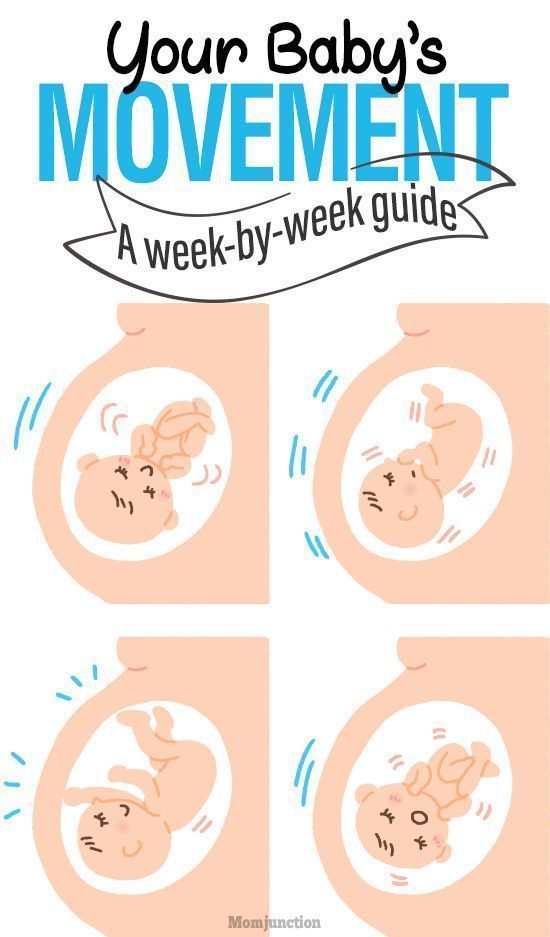 At the same time, the level of glucose in the blood increases sharply, which causes the fetus to be more active. nine0003
At the same time, the level of glucose in the blood increases sharply, which causes the fetus to be more active. nine0003
Fetal movements are the language in which the unborn child speaks to the mother. Naturally, a pregnant woman should listen to the movements, because in some cases, changes in the movements of the fetus may indicate a violation of its intrauterine state and a not entirely successful pregnancy.
If, after 20 weeks of pregnancy, the expectant mother does not feel fetal movement, it may be worthwhile to see a doctor and make sure that everything is in order with the baby.
Methods for assessing the "sufficiency" of fetal movements
Counting the number of movements
The easiest way to evaluate fetal movements is to count the number of movements of the pregnant woman herself. Self-assessment methods are very easy to use, do not require additional equipment, the presence of a doctor and are easily reproducible by any woman. Their disadvantages are that each woman has different thresholds of susceptibility.
Their disadvantages are that each woman has different thresholds of susceptibility.
Count to ten
The most common method for assessing fetal movements is called count to ten . It can be carried out after 28 weeks of pregnancy, when the fetus is mature enough for active movements. Its essence lies in the fact that the expectant mother counts the movements of the fetus for a 12-hour time interval, for example, from 9 am to 9 pm. The time when a pregnant woman catches the tenth movement is recorded on a tablet. If the fetus makes less than 10 movements in 12 hours, this is a reason to consult a doctor for an additional examination.
Sadowski method
In the evening after dinner (approximately between 19until 11 p.m.), the woman lies on her left side and counts the movements of the fetus. At the same time, everything is considered, even the smallest movements. If 10 or more movements are noted within an hour, this indicates that the baby is moving quite actively and feels good. If the fetus moved less than 10 times in an hour, then the movements are counted for the next hour. Evening time for this assessment method was not chosen by chance. It is in the evening hours, especially after dinner and the associated increase in glucose, that the greatest activity of the fetus is noted. If the number of fetal movements during this test is less than 10 per two hours, this should be considered as a sign of a violation of his condition and additional studies should be carried out. nine0003
If the fetus moved less than 10 times in an hour, then the movements are counted for the next hour. Evening time for this assessment method was not chosen by chance. It is in the evening hours, especially after dinner and the associated increase in glucose, that the greatest activity of the fetus is noted. If the number of fetal movements during this test is less than 10 per two hours, this should be considered as a sign of a violation of his condition and additional studies should be carried out. nine0003
For an obstetrician-gynecologist, fetal movements are also an important diagnostic criterion for some deviations in the course of pregnancy from the norm. Too active, violent, painful fetal movement or weak, rare movements may indicate its unfavorable condition.
Changes in fetal activity
Changes in fetal activity may be associated with external influences. For example, if a pregnant woman lies on her back for a long time, then the enlarged uterus compresses a large vessel - the inferior vena cava, the blood flow to the fetus is disrupted, which immediately causes its violent reaction - active movements.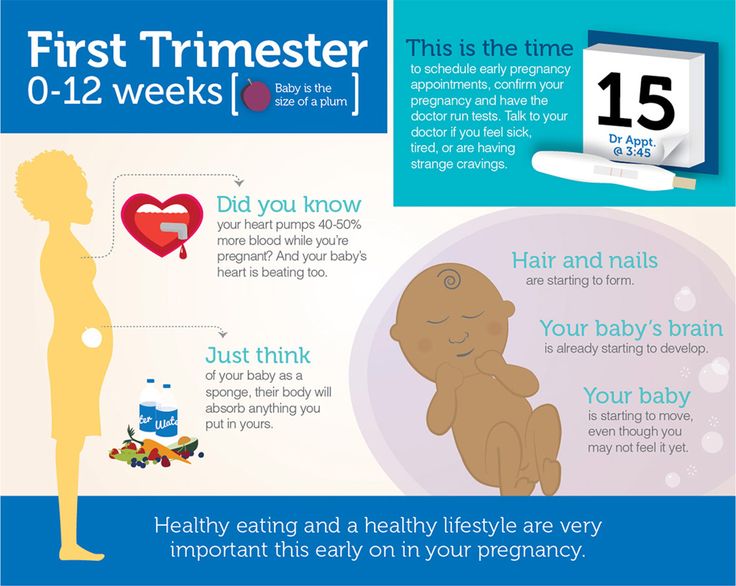 The same changes in the activity of the baby can occur in any other uncomfortable position of the mother - if she leans forward, squeezing her stomach, sits with her legs crossed, the child forces her mother to change her position with her activity. A similar situation occurs if the baby himself squeezes or presses the loops of the umbilical cord, limiting the flow of blood through it. He begins to move more actively, changes his position and relieves pressure on the umbilical cord. However, in some cases, an increase or vice versa, a subsidence of fetal movements can be a sign of a serious pathology. nine0003
The same changes in the activity of the baby can occur in any other uncomfortable position of the mother - if she leans forward, squeezing her stomach, sits with her legs crossed, the child forces her mother to change her position with her activity. A similar situation occurs if the baby himself squeezes or presses the loops of the umbilical cord, limiting the flow of blood through it. He begins to move more actively, changes his position and relieves pressure on the umbilical cord. However, in some cases, an increase or vice versa, a subsidence of fetal movements can be a sign of a serious pathology. nine0003
After 28 weeks of pregnancy, if your baby does not let you know for 3-4 hours, he may just be sleeping. In this case, the expectant mother needs to eat something sweet and lie down on her left side for half an hour. If these simple manipulations do not lead to a result, it is worth repeating them again after 2-3 hours. If this time the baby does not make itself felt, this is an occasion to consult a doctor. Rare and weak movements can also indicate a fetal problem, most often a lack of oxygen for the baby, that is, fetal hypoxia. nine0003
Rare and weak movements can also indicate a fetal problem, most often a lack of oxygen for the baby, that is, fetal hypoxia. nine0003
Determining the condition of the fetus
To determine the condition of the fetus, the doctor conducts a series of examinations:
Auscultation (listening)
The simplest is auscultation (listening) with a special wooden tube (obstetric stethoscope) or a special apparatus that captures the fetal heartbeat, doctor listens to the baby's heartbeat. Normally, it is about 120-160 beats per minute. A decrease in heart rate less than 120 or an increase of more than 160 indicates intrauterine suffering of the child. nine0003
Ultrasound and dopplerometry
During ultrasound, the doctor visually assesses the size of the fetus, the compliance of the development of the fetus with the gestational age, because with oxygen starvation, the growth rate of the fetus slows down and its size lags behind the norm for each period of pregnancy. Also important is the structure of the placenta, the presence of signs of aging in it, as a result of which the function of transferring blood, oxygen and nutrients to the fetus usually worsens. During ultrasound, the amount and type of amniotic fluid is assessed, which can also change with intrauterine fetal suffering. Dopplerometry of the vessels of the placenta and umbilical cord is a method for studying blood flow velocities in these vessels. With a decrease in the speed of blood flow in any vessel, one can speak of fetal malnutrition of varying severity. nine0003
Also important is the structure of the placenta, the presence of signs of aging in it, as a result of which the function of transferring blood, oxygen and nutrients to the fetus usually worsens. During ultrasound, the amount and type of amniotic fluid is assessed, which can also change with intrauterine fetal suffering. Dopplerometry of the vessels of the placenta and umbilical cord is a method for studying blood flow velocities in these vessels. With a decrease in the speed of blood flow in any vessel, one can speak of fetal malnutrition of varying severity. nine0003
Learn more about the services:
- Pregnancy ultrasound
- Ultrasound in the first trimester of pregnancy
- Make KTG
- Perform fetal echocardiography
Cardiotocography (CTG)
This is an important method for assessing the condition of the fetus. CTG is performed at a gestational age of 33 weeks or more, since only in this period of intrauterine development of the baby is a full-fledged regulation of the activity of the cardiovascular system of the fetus by the centers of the spinal cord and brain. Recording of fetal heartbeats is carried out for at least 40 minutes, and if necessary, the study can be extended up to one and a half hours. The device registers and records the baby's heart rate. For example, with a decrease in the concentration of oxygen in the blood of the fetus, the supply of oxygen to the cells of the nervous system decreases, which in turn affects the heart rate, especially during the period of wakefulness of the child. The obstetrician-gynecologist evaluates the heartbeat recording curve, episodes of slowing down and a sharp increase in the fetal heart rate, and based on these data, makes a conclusion about how comfortable the baby feels in the mother's stomach. nine0003
Recording of fetal heartbeats is carried out for at least 40 minutes, and if necessary, the study can be extended up to one and a half hours. The device registers and records the baby's heart rate. For example, with a decrease in the concentration of oxygen in the blood of the fetus, the supply of oxygen to the cells of the nervous system decreases, which in turn affects the heart rate, especially during the period of wakefulness of the child. The obstetrician-gynecologist evaluates the heartbeat recording curve, episodes of slowing down and a sharp increase in the fetal heart rate, and based on these data, makes a conclusion about how comfortable the baby feels in the mother's stomach. nine0003
If during additional methods for assessing the condition of the fetus, initial disturbances in the supply of oxygen to the baby are detected, drug treatment is carried out aimed at increasing the access of blood and oxygen through the placenta and mandatory control examinations against the background of ongoing therapy.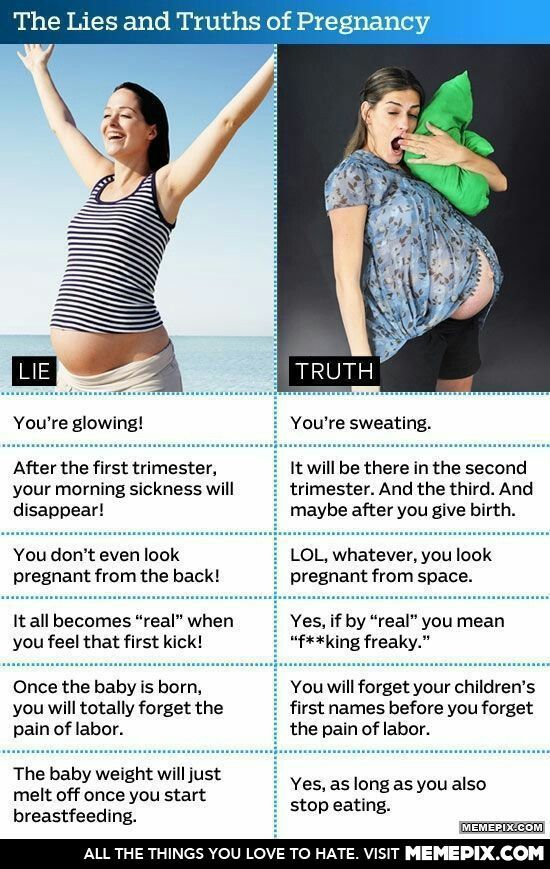 If the changes are profound and the baby experiences a pronounced deficiency of oxygen and nutrients, his condition suffers, an emergency delivery of such a patient is performed.
If the changes are profound and the baby experiences a pronounced deficiency of oxygen and nutrients, his condition suffers, an emergency delivery of such a patient is performed.
Fetal movements are not only an indicator of his condition, it is a way of communication between the baby and parents. The movements of the crumbs in the mother's tummy are unforgettable sensations that a woman can experience only in this short, but such a happy period of her life. nine0003
Center for Fetal Medicine in Moscow:
The main activities of our center are the early detection of congenital malformations in the fetus, prenatal screening for the detection of chromosomal abnormalities in the fetus, as well as pregnancy complications such as preeclampsia, fetal growth retardation and threatened abortion.
Our center is organized in such a way that the whole range of services is concentrated in one place, where a woman receives the results of various types of examinations, including ultrasound, biochemical, and specialist consultation within 1-1.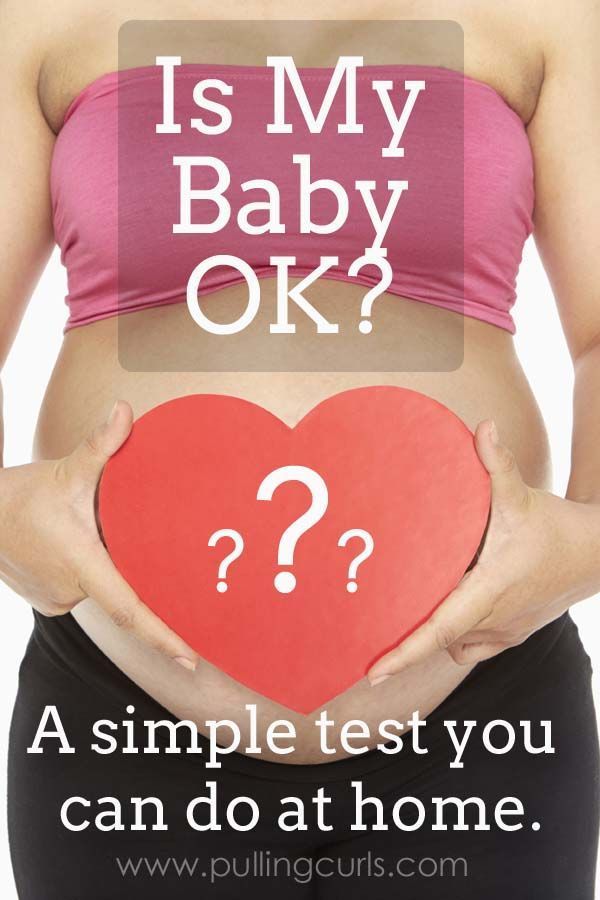 5 hours. In the presence of a high risk for chromosomal diseases in the fetus, invasive diagnostics and genetics consultation are carried out here in the center. nine0003
5 hours. In the presence of a high risk for chromosomal diseases in the fetus, invasive diagnostics and genetics consultation are carried out here in the center. nine0003
Fetal echocardiography is given special attention in our center, since congenital heart defects in the fetus are increasingly common today, but, unfortunately, are often missed during ultrasound during pregnancy.
In view of the ever-increasing number of multiple pregnancies, which requires more time and a special approach, the observation of women with multiple pregnancies has been allocated to us in a separate clinic for multiple pregnancies.
All examinations in the center are carried out according to the international standards FMF (Fetal Medicine Foundation) and ISUOG (International Society for Ultrasound in Obstetrics and Gynecology). In complex clinical cases, we can consult with specialists from King's College Hospital, King's College Hospital (London, UK). nine0003
The team is a special pride of the center.
